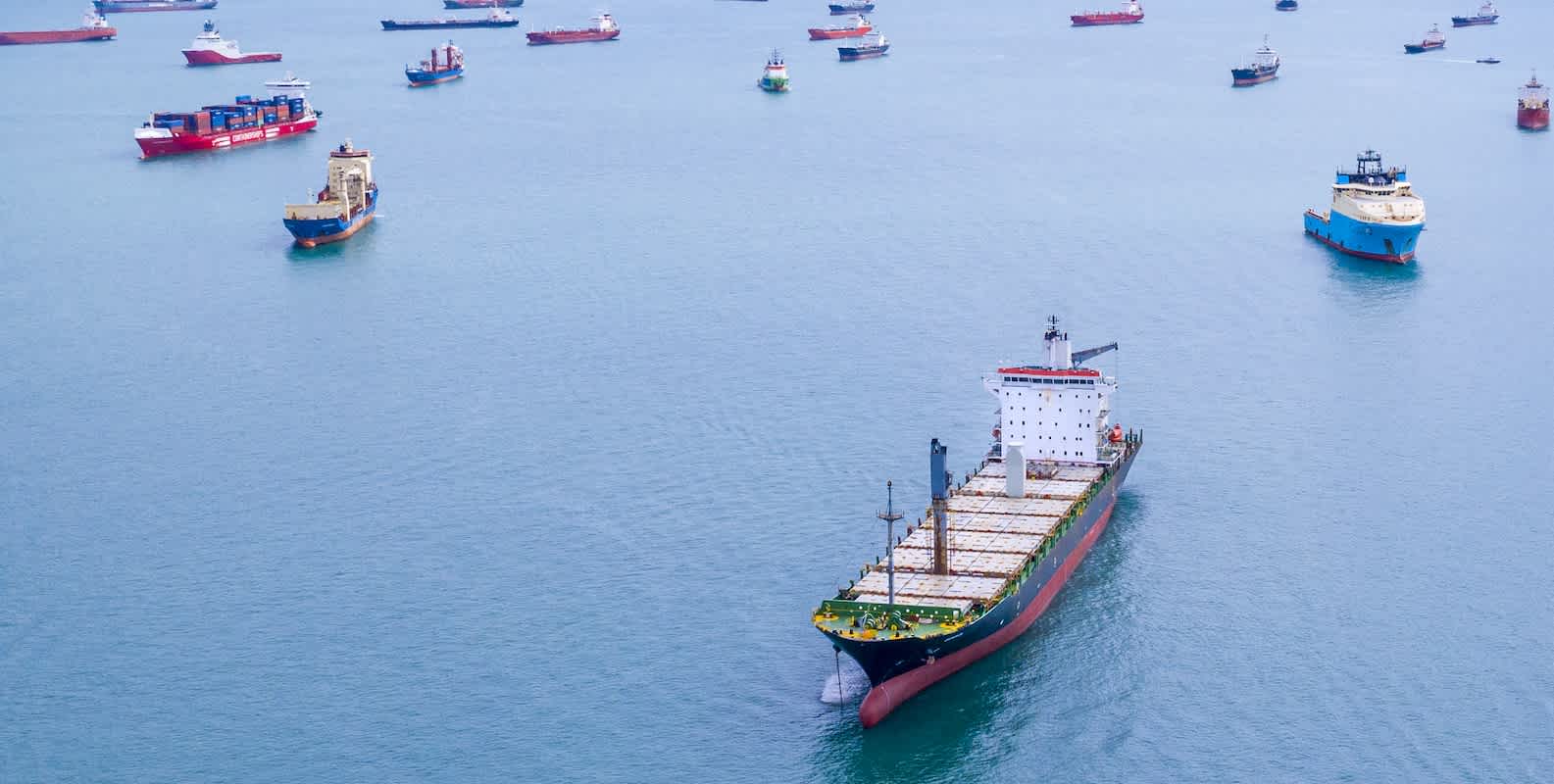
January 11, 2024
3 Common Pitfalls to Avoid in a Logistics RFP
3 Common Pitfalls to Avoid in a Logistics RFP
In logistics, a Request for Proposal (RFP) helps shippers find the best freight forwarder for their specific business needs. A logistics RFP asks important questions to build a good relationship between a shipper and a forwarder. But finding the right fit can be difficult.
There are three common pitfalls that your business might face when developing a request for proposal:
- The RFP ask isn’t clear and/or focuses on a single category
- There’s a misalignment between supplier capabilities and your business needs
- Your pricing strategy doesn’t account for all areas of spend
This post aims to help you avoid these mistakes and provides actionable recommendations, especially if you’re new to RFPs. If you have written one before and experienced these problems, it might be a good idea to improve your process.
Mistake #1: Writing a Vague Proposal or One Focused On a Single Category
While there are thousands of logistics RFP examples out there, not all are created through a strategic lens. Many include what a shipper looks for in a partner but fail to ask internal questions that uncover the why behind the need to make business changes. This approach fails to provide valuable insight the forwarder needs to help achieve the desired changes.
For example, you might list how you want a new logistics partner to help improve efficiencies in your supply chain, require them to have fewer manual processes, or increase overall productivity. But you can’t rely on the forwarder to action against these requests if they’re not fully defined and measurable. Sharing specific KPIs and guidelines with your forwarder helps them respond to your RFP with the most tailored and curated information, allowing you to meet your goals.
Aside from knowing the right questions to ask and share when writing your RFP, there are three other common mistakes that shippers make when writing a logistics RFP: Providing inaccurate volume and supplier information, writing the RFP for a single category (i.e., only Ocean or only Air), and failing to provide transit time preferences.
This information is crucial as it helps prospective forwarders know what parameters to work within and allows them to conduct an end-to-end assessment of spend to offer the best (and most affordable) products and services.
Here are some things you can do to avoid writing a vague proposal:
- Ensure your proposal includes your company goals and KPIs, key bid overview information such as the company contacts and RFQ dates, a summary of cargo and trade lanes, and rate structure requirements for the bid.
- Fully define your requests for information (questions) to be measurable and actionable. Take into account important categories of questions that relate to the company, pricing terms, capabilities, and customer service.
- Download Flexport's Recommended RFP Template to get access to key questions and information to help guide your RFP creation.
Mistake #2: Having Misalignment Between Forwarder Capabilities and Business Needs
To have a successful and healthy working relationship with your forwarder, your team must establish internal alignment on your business needs—both present and future. For example, there’s usually a set of functional and compliance-based requirements teams agree are necessary to have (i.e., security protocols, data usage parameters, etc.). But there should also be a set of business improvements clearly defined so you can ensure potential forwarders can meet your expectations.
Many shippers often make the mistake of guessing what business improvements they need rather than using data to back those decisions. Desired results and changes are achieved in more ways than one, and if not all relevant stakeholders have a chance to weigh in, then you’ll come out of the RFP further away from your end goal than ever.
Here are some things you can do to ensure alignment:
- Since logistics touches almost every department (sales, finance, operations, support, etc.), ask various internal teams at your company what they see as improvements needed in the organization and use this to inform your RFP (i.e., do you have difficulties with processing bills from certain providers? Or difficulty sharing information with end customers due to lack of visibility in the supply chain?). This helps make your overall supply chain better for not only your logistics team but for everyone who plays a key role in driving their success.
- Determine clear and concise scoring criteria to rank forwarders in key areas such as cost, industry experience, and overall product capabilities. This will ensure alignment among all parties on how to measure criteria. It’s important to note that not everything can or should be evaluated through a score based on pricing. All in all, your team must align on working styles, feedback loops, and commitment to continuous improvement.
- Invest time in creating a supplier interview guide (RFI). Meet with each forwarder’s team to hear their thoughts on how they understand your request for proposal and uncover the ways they can meet (and exceed) your goals and expectations. This gives both you (the shipper) and the forwarder a chance to address possible concerns and blockers in the future partnership.
Mistake #3: Placing an Overemphasis on Base Price
many make the mistake of searching solely for the cheapest or lowest rate, which doesn’t reflect an active state of the market and doesn’t take into account additional services such as allocation needs. Emphasizing base price also doesn’t prepare you for more dire situations like ocean carrier consolidations or bankruptcies.
Moreover, space protection is not always listed in base rates. The market might appear to be at its lowest point when you select said rate, but when the market inevitably hits its peak, you incur the added cost. Therefore, it’s crucial to uncover all areas of spend to match you to the best forwarder for your business.
Here are some things you can do to choose the right pricing structure:
- Ask your potential freight forwarders about the specific rate structures they offer, how they implement them, and how the different structures address unforeseen market conditions and fuel surcharges. It’s crucial to have a clear understanding of the risks associated with each.
- Consult industry experts and have a clear outlook of the market to set expectations with potential forwarders. Put the onus on the provider to be a valued partner that provides this information plus suggestions on supply chain needs.
- Inquire about other suggested services and price offerings that help cover unforeseen market conditions.
Kick Off RFP Season
To get more details on how to handle RFP season, check out our 2024 RFP Preparation Hub or consult with our supply chain specialists.
Want even more insights? Watch our on-demand webinars packed with content to help you navigate the 2024 RFP season:
The contents of this blog are made available for informational purposes only and should not be relied upon for any legal, business, or financial decisions. We do not guarantee, represent, or warrant the accuracy or reliability of any of the contents of this blog because they are based on Flexport’s current beliefs, expectations, and assumptions, about which there can be no assurance due to various anticipated and unanticipated events that may occur. This blog has been prepared to the best of Flexport’s knowledge and research; however, the information presented in this blog herein may not reflect the most current regulatory or industry developments. Neither Flexport nor its advisors or affiliates shall be liable for any losses that arise in any way due to the reliance on the contents contained in this blog.








